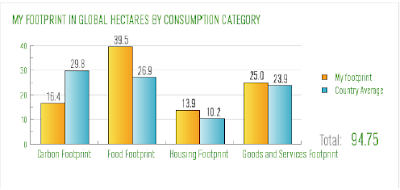The idea that we are being charged 2000 times the amount for bottled water than from our own taps is ludicrous. What is more obscene is that people actually believe that bottled water is better for them, especially in a country that can provide clean tap water at almost no charge.
A water bottle is not only physically useless and a waste of precious resources, but its contribution to landfill is unacceptable. In a time where the world is looking for solutions to minimise the effect of releasing toxic chemicals into the air, water bottles amazingly still remain. Companies have poured millions of dollars into research for 'green' cars, to implement cleaner ways of producing electricity, and for more efficient recycling of necessary products, yet water bottles still remain. It would seem that the geniuses at companies which produce these bottles of water do not have any education, or do not wish to make less money, and do not care at all that their products are nothing but a burden on the environment.
These companies openly encourage drinking bottled water, promoting the 'fact' that tap water is dirty - that the bottled water is much purer and healthier - yet most of these are bottled from the same source as our tap water and those that aren't are no different anyway.
It is good to know that people are showing promise in changing their opinions of bottled water. It is not seen as the convenience item that it once was, as consumers become smarter about these large corporations' tricky methods of selling. Hopefully soon this product will stop being produced due to lack of sales, and the worlds' landfill sites can be used for objects that have no other place to go, not for bottle of water that should never have been produced in the first place.

















